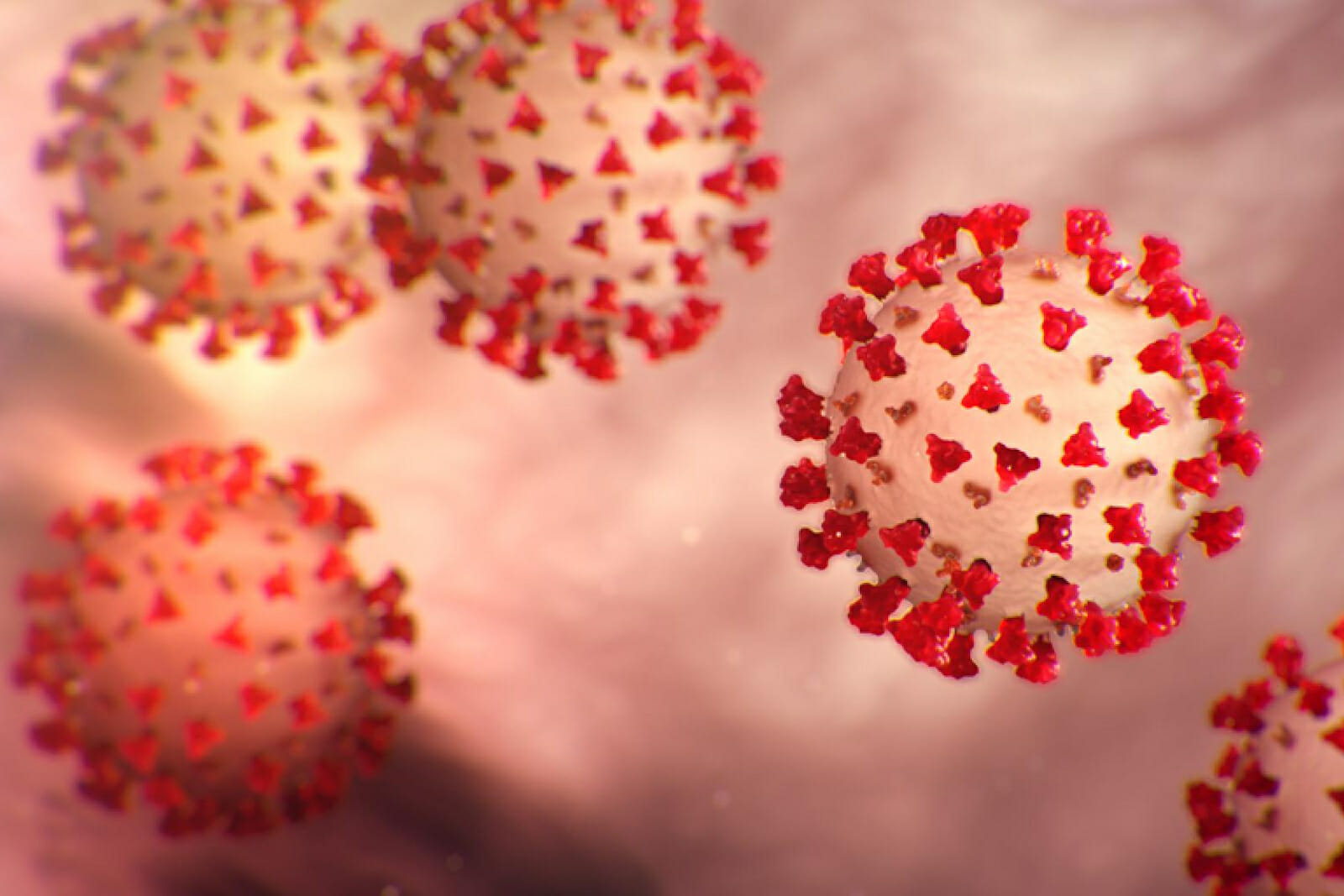
Health
Yes, We Need to Be Taking COVID-19 Seriously
If you’ve been following the news, you probably have heard about the pandemic that is sweeping the world right now — coronavirus.
Coronaviruses are a family of viruses that causes illnesses ranging from the common cold to more severe conditions. COVID-19 is a new disease, caused by a coronavirus that doctors have not previously seen in humans. In the name, the “CO” stands for “corona,” the “VI” for “virus” and “D” for disease. The 19 pinpoints the year the illness originated, 2019.
During the outbreak, reported cases range from mild irritation to serious illness and death. Symptoms typically appear within two to 14 days after exposure, including fever, coughing, and difficulty breathing.
In severe cases, this disease can cause pneumonia, respiratory illness, kidney failure, and death.
Experts think the virus primarily spreads from person to person. Transmission can occur between people in close contact with one another, within about six feet, and through droplets when a sick person coughs or sneezes.
People are likely the most contagious when they are the sickest, but some spread may be possible before people show symptoms. It may also be possible to get COVID-19 by touching a surface or object with the virus on it, then touching your nose, mouth, or eyes.
A worldwide outbreak
COVID-19 seems to be spreading quickly throughout communities. China’s Hubei province, for instance, which contains the city of Wuhan, had 444 confirmed cases on January 23. A week later, that number jumped to 4,903. After another seven days, the area had 22,112 instances of the disease.
This scenario is playing out similarly in other countries. Italy had 62 cases of COVID-19 on February 22 and 4,636 by March 6. While the current tally in the United States sits at roughly 1,600, that number is expected to grow exponentially in the coming weeks.
Despite many confusing this disease as “just another flu,” early data suggests COVID-19 is roughly 10 times deadlier than the flu. Experts fear it could even be much higher. Of the 7,375 confirmed cases in Lombardy, Italy, for example, 336 have died. Assuming the remaining people make a full recovery, the fatality rate would come out to 5%.
More than 4,900 people have died from COVID-19, and more than 132,000 infections are present in dozens of countries, including Australia, Denmark, France, Germany, Iran, Japan, South Korea, Spain, and many more. On March 11, the World Health Organization officially categorized the outbreak as a pandemic, the first since the H1N1 swine flu in 2009, which killed more than 18,000 people.
To contain the spread, China has canceled all public gatherings, sealed off the most affected region, and asked people to self-quarantine. In the U.S., President Trump has suspended all inbound flights from Europe, and the CDC has implemented entry screening at several major airports. New York will also construct a one-mile radius containment area in Westchester County.
Many feel that President Trump’s response to this pandemic has been underwhelming, disappointing, and even dangerous. Indeed, roughly two weeks before the U.S. declared a state of emergency, the president was comparing COVID-19 to the common flu and using his Twitter account to spread misinformation about the disease. Many U.S. citizens aren’t following the social distancing guidelines recommended by the CDC, instead continuing to travel and go out to places like the gym, restaurants, and bars for large St. Patrick’s Day gatherings. Some blame the president’s lackadaisical response for why citizens aren’t taking the disease seriously.
An uncertain road ahead
Despite precautions, cases of COVID-19 continue to grow. For many, the most significant risk is contracting the disease, which has elements in common with SARS, influenza, and pneumonia. Scientists around the globe are working on developing a cure, but for now, infected patients must allow the virus to run its course. When someone recovers, it is often due to supportive care, such as fluids and breathing support, which enable the infected to outlast the worst effects of inflammation.
Still, the coronavirus is not fully understood. Some patients seem to recover, only to develop symptoms again. Others remain stable for more than a week, only to suddenly come down with pneumonia. The effects appear to depend on a person’s immune system strength, with older individuals and those with underlying health issues more likely to develop severe symptoms.
Unfortunately, the consequences extend beyond the illness itself. Many medical facilities have been overwhelmed in the wake of the outbreak, leading to inadequate patient care. Anyone in the medical field knows that smooth operations and communication are essential to a medical facility that can run well. Even hospitals in developed countries risk turning into triage wards, with doctors and nurses left to make decisions about who may live.
In Italy, one town claims doctors had to decide not to treat the old, leaving them to die. The country’s healthcare system is groaning under the weight of the disease, with surgeries canceled, respirators becoming rare, and officials considering converting abandoned spaces into intensive care wards. Patients are crowded in hallways, and hospitals have erected inflatable sealed-off disease tents. This situation points to how other countries may fare once the outbreak hits its peak.
Even everyday supplies, such as toilet paper, seem to be growing scarce. While this resource does not prevent the disease, people are snatching it up in droves. Stores in the U.S. and Canada have limited the number of toilet paper rolls customers can buy, and grocery stores in Australia have hired security guards to maintain order. Masks and hand sanitizer have also become scarce.
We can all do our part to prevent COVID
To the average person, the outbreak may seem like an uncontrollable ordeal. However, there are steps you can take to prevent infection. Regularly wash your hands with soap and water or an alcohol-based hand rub. Follow the rules for social distancing that the CDC has laid out as much as you can (please — refrain from going out to the bars for St. Patrick’s Day this week). If you have to be around people, keep your distance from anyone who is coughing or sneezing, and avoid touching your eyes, nose, and mouth. If you notice any symptoms, such as a fever, cough, or difficulty breathing, seek medical attention.
